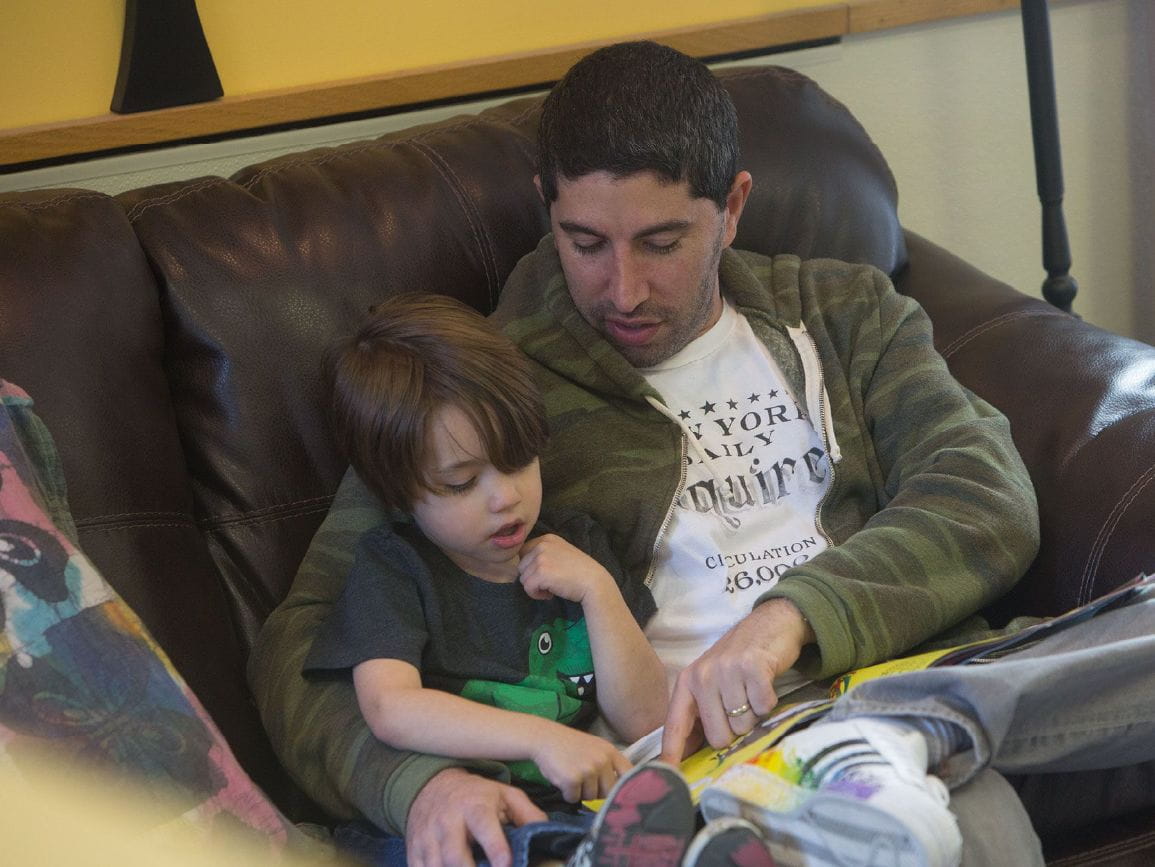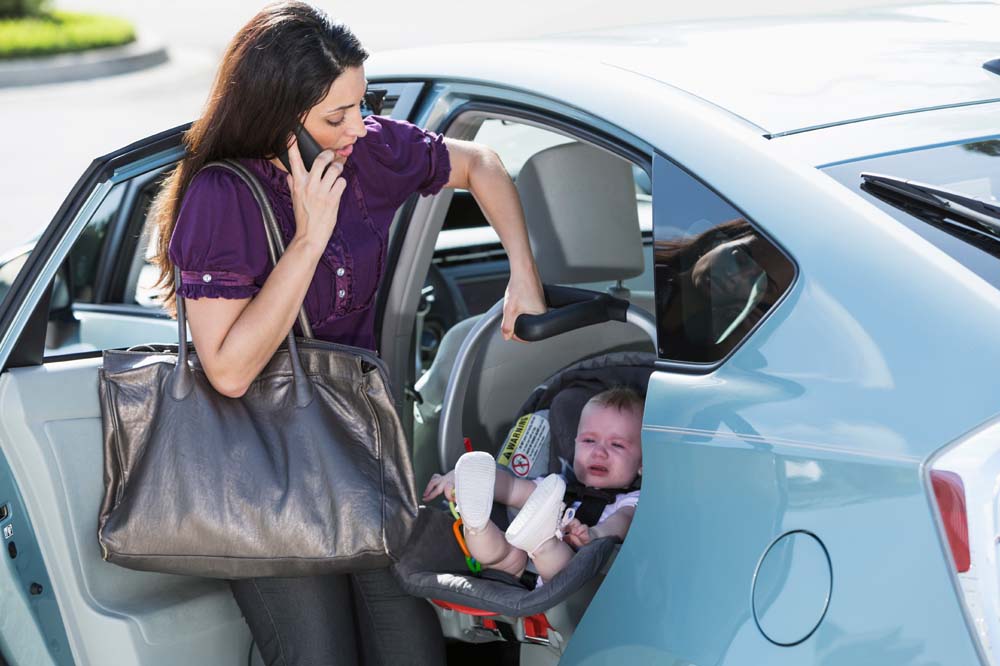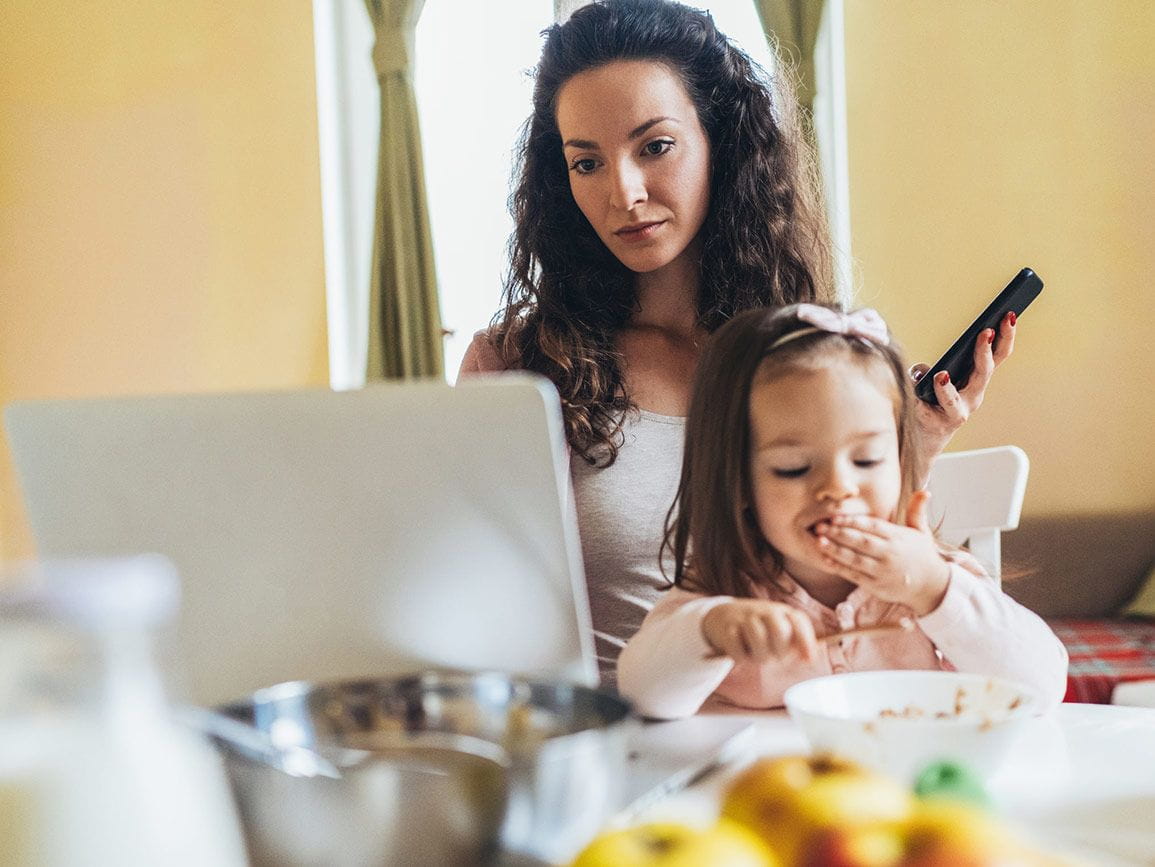Written by: Melissa M. Gericke, B.A. & Janet L. Muse-Burke, Ph.D., Marywood University
People have many different personality traits and physical features. So, it seems normal when we pick out the differences between ourselves and others. However, making judgments about these differences can interfere with our openness, our willingness to try new experiences, and our acceptance of others who are different from us. As adults, we have the ability to reflect on our own biases, expand our understanding of differences, and challenge our preconceptions about different groups of people. Children need examples of others who are open and accepting of difference because they are heavily influenced by the behaviors of adults. Parents can play an active role in shaping their children’s behaviors, helping them to be more accepting of and kind toward those who look different from them.
Children tend to base their stereotyping on physical traits, such as race, gender, or age. Children understand their environment through categorization, so they make sense of the world by grouping people together according to how they look. As a result, children will most likely identify with a group of people who have a similar appearance to them, and they will become disengaged from people who appear different from them. For example, if a Latina girl's family or classroom divides people by race or gender, she will most likely believe that someone who is physically dissimilar from her is very different from her. This experience of sub-grouping in her family or classroom will reinforce any differences and create negative judgments or behaviors toward the other group of people. Likewise, when parents or teachers talk about the differences among groups of people in a negative way, children learn to separate themselves from others who appear different.
Parents can help their children value and appreciate diversity in everyday experiences by modeling behaviors that are open and kind toward others.
- Practice Unity. Do not segregate yourselves from people based on gender, age, disability, race or ethnicity, religion, or sexual orientation. Parents can provide their children with living examples of equality when interacting in a kind way with people who appear different from them.
- Use Kind Language. Refrain from using explicit remarks that categorize people. For example, there is a popular saying, “boys go to Jupiter to get more stupider, girls go to college to get more knowledge.” Even though this may seem harmless, it instills an idea in children that girls are smarter than boys, which could lead to segregation. As parents, it would be beneficial to be neutral or affirming of different groups.
- Be Kind in Action. Sometimes, we are not aware of our body language around others. For example, a white individual might act standoffish around an African American individual. By increasing our awareness of our nonverbal behaviors and treating everyone the same, we model for our children how to treat others with equality and kindness.
- Have Multicultural Experiences. As a family, becoming engaged in multicultural experiences could be a fun learning experience for everyone. Diversity experiences lead to fewer stereotypes. Introduce your children to diverse groups, such as a new religious setting or cultural community events. The whole family will discover new things about themselves and others through participation in new cultural experiences.
- Redirect Intolerant Behavior. If you witness your child acting or speaking out in judgment of diverse groups, speak with him about it. Talk with him about why it is important to treat everyone with kindness and equality.
It is important for children to have role models who motivate them to engage in multicultural activities. While children are in many different learning environments, parents have the greatest impact on how their children perceive and act toward others. These strategies for valuing diversity can also be shared with other family members, friends, or teachers. Through collaboration, caregivers can reduce stereotyping in children, leading to stronger relationships with all types of people. As children become more comfortable with diverse people, they will gain mutual acceptance of themselves and others. They will no longer think of themselves as different from others. Rather, they will feel more connected with their peers and become more accepting of peoples’ differences.
To learn more about diversity and children, please feel free to contact the authors of this article, Ms. Melissa Gericke at [email protected] or Dr. Janet Muse-Burke at [email protected]. Ms. Gericke is a second year master’s student in the Mental Health Counseling program at Marywood University, and Dr. Muse-Burke is an Associate Professor in the Department of Psychology and Counseling at Marywood University.
Content from this article referenced from the following sources:
Hilliard, L., & Liben, L. (2010). Differing levels of gender salience in preschool classrooms: Effects on children’s gender attitudes and intergroup bias. Child Development, 81(6), 1787-1798. doi: 10.1111/j.1467-8624.2010.01510.x
Bigler, R., & Liben, L. (2007). Developmental intergroup theory: explaining and reducing children’s social stereotyping and prejudice. Current Directions in Psychological Science, 16(3), 162-166. doi: 10.1111/j.1467-8721.2007.00496.x
Cameron, J., Alvarez, J., Ruble, D., & Fuligni, A. (2001). Children's lay theories about ingroups and outgroups: Reconceptualizing research on prejudice. Personality and Social Psychology Review, 5(2), 118-128. doi: 10.1207/S15327957PSPR0502_3
Tadmor, C., Hong, Y., Chao, M., Wiruchnipawan, F., & Wang, W. (2012). Multicultural experiences reduce intergroup bias through epistemic unfreezing. Journal of Personality and Social Psychology, 103(5), 750-772. doi: 10.1037/a0029719





